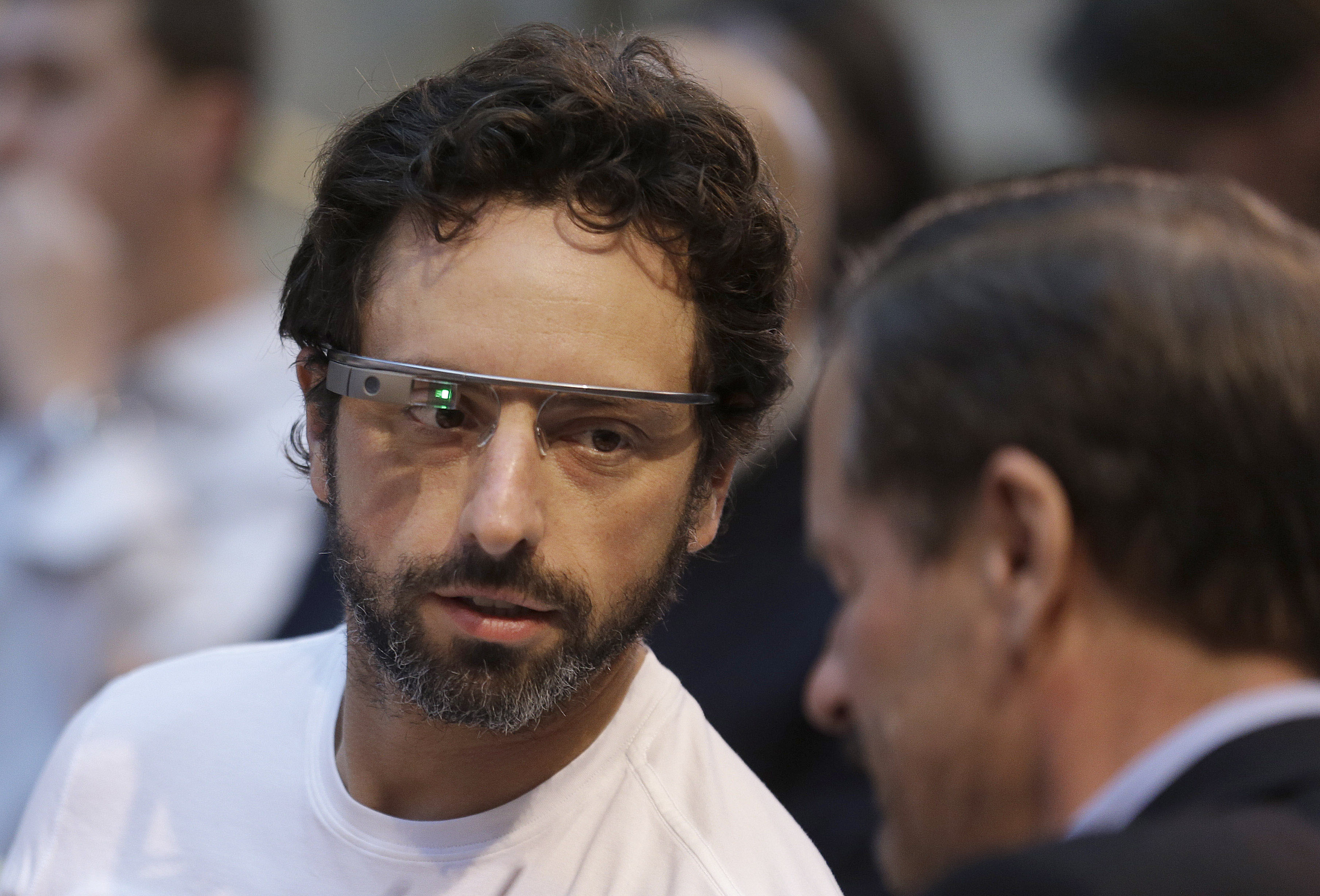A few weeks ago, the chairman of Google, Eric Schmidt, spent four days in Cambridge as the Humanitas visiting professor in the university's Centre for Research in the Arts, Social Sciences and Humanities, where I work. Afterward, one of the questions I was most frequently asked by people who hadn't been around for his visit was: "Was he wearing the glasses?"
This was interesting because it suggested a surprisingly wide awareness of something that — until recently — many people would have dismissed as a typical example of leading-edge uselessness. It's Google Glass, an R&D project aimed at developing an "augmented reality head-mounted display." It comes from the same Google lab that has produced the self-driving car, and, in a way, belongs in the same category of insanely ambitious projects. But just as the car looks like becoming a reality, so too do the glasses. In fact, if you're a software developer and live in the United States, you might just be able to acquire a prototype from the project's website, in return for $1,500 and some original ideas for applications of the technology.
In its current incarnation, the Google Glass headset looks encouragingly geeky. It consists of a tiny Android computer built into the right-hand arm of a spectacles frame. The computer's display takes the form of a small prism that sits in the peripheral vision of the wearer's right eye. A tiny camera mounted in the frame conveys to the computer everything in the user's field of vision.

















With your current subscription plan you can comment on stories. However, before writing your first comment, please create a display name in the Profile section of your subscriber account page.